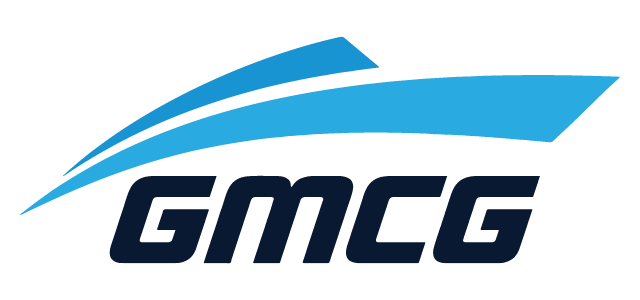2020 sulphur cap: Preparing crews for PSC spot sampling
In light of the 2020 sulphur cap, the frequency of PSC taking spot samples of a ship’s fuel oil to verify its sulphur content is expected to increase significantly after 1 January 2020 and shipowners should prepare their ships and crew accordingly.
With this respect, the Gard P&I Club provided a list with issues to be aware of regarding Sulphur inspections:
-Methods of verifying compliance: PSC has essentially two methods of establishing whether a ship is compliant:
Verify the sulphur content of the ship’s fuel, e.g. by reviewing procedures, bunker delivery notes (BDN), log book recordings, analyse the MARPOL delivered sample, and taking additional samples at different locations of the fuel oil system.
Measure the sulphur content in the ship’s exhaust gas, e.g. by use of remote sensing equipment such as sulphur-sniffing drones or similar monitoring equipment placed at strategic locations on shore.
-Document review: Much of the compliance with MARPOL Annex VI is documented by recordkeeping. It will therefore be important to ensure that that all MARPOL Annex VI documentation is complete and up-to-date prior to a port entry.
-Initial check: The use of remote sensing equipment and portable handheld fuel analysers is likely to become increasingly common during initial inspections by PSC.
-More detailed inspection: Given ‘clear grounds to conduct a more detailed inspection, PSC may require samples of fuel oils to be analysed at a fuel testing laboratory. This could be either the representative samples provided with the BDN, or spot samples of fuel oil drawn from a ship’s fuel oil lines and/or tanks.
Among the key challenges surrounding the upcoming sulphur cap, the Club noted, are fuel prices in 2020, issues related to the availability of low sulphur fuels and the quality of new fuel blends, as well as compatibility between fuel batches.
Meanwhile, for those that have invested in scrubbers, it will be particularly important to keep a close eye on the local regulation of wash water discharges from open-loop scrubbers.
Shipowners can, however, be fairly certain of one thing: PSC will start enforcing the cap from 1 January 2020, whether the industry is ready or not!
Recommendations
Hence, when preparing fleets and crews for compliance with the 2020 global sulphur cap:
Do not forget to revisit ships’ procedures for fuel sampling.
Make sure the procedures describe acceptable and safe sampling methods for a ship’s fuel oil system, both with respect to location of sampling points, handling of the samples, and record keeping.
Train the relevant members of the engine crew and emphasise the importance of escorting the attending sulphur inspector at all times while onboard.
Consider if the recommendations contained in existing, as well as coming IMO sampling guidelines should be implemented in a ship’s procedures. The EMSA’s “Sulphur Inspection Guidance” provides useful advice and information on the PSC’s approach to the inspection of ships and how they ascertain a vessel’s compliance with applicable sulphur in fuel requirements. Section 2.7 of the EMSA guidance addresses sample collection and analysis..


